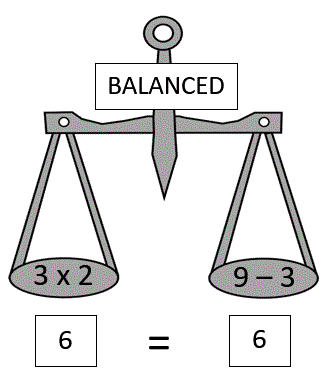

check button, evaluate the students' choice on the bottom combobox numbers, when correct, the next question will be fielded.show hint button, temporary reveals the shortage (dash outlines) or extra (solid outline) atoms.However, if the student was to refresh the browser, the log will automatically be refreshed as well.ĩ questions of different levels of difficulty (level 1, level 2 and level 3) with increasing number of products on the right hand side of the equal sign If a student click on the "refresh" button in the simulation, the log will not reset.If an equation is balanced incorrectly, a red cross will appear on the side of the products panel.If an equation is balanced correctly, a green tick will appear on the side of the products panel.For monitoring of student's progress, there are two yellow boxes found on the top left hand corner of the reactant and product boxes.Its representation of ions is similar to that of 'dot-and-cross' diagrams.

"Show charges" is only applicable to questions with ionic compounds (i.e."Show chemical symbol" is also available for all 3 levels, but it shows the chemical symbol of each particle (including charges of ionic compounds).The default view shows the pictorial representation of particles, available for all 3 levels.There are 3 different views available for students - default, show chemical symbol and show charges.particles highlighted in dashed red lines - insufficient number of particles.particles highlighted in solid red lines - excess number of particles.When students click "hint", reactant(s)/product(s) particle(s) that has/have the incorrect stoichiometric coefficient will be highlighted in red.Students are able to toggle back and forth the questions they have attempted, but will not be able to proceed if they have not cleared the current question. Upon answering a question correct, the next question will be shown. The "hint" button is only enabled after students have made an attempt on the question (i.e.(Level 1 - 3 questions, Level 2 - 4 questions, Level 3 - 3 questions). There are 3 different levels of increasing difficulty.In addition, there are 3 different pictorial representations to help students visualise atoms, molecules and ion Guide for teachers using the simulation It is a Chemistry simulation on balancing chemical equations - 10 questions, 3 different levels, with a log list for teachers to track student's responses and a "hint" button and pop-up boxes to scaffold the learning of students.


 0 kommentar(er)
0 kommentar(er)
